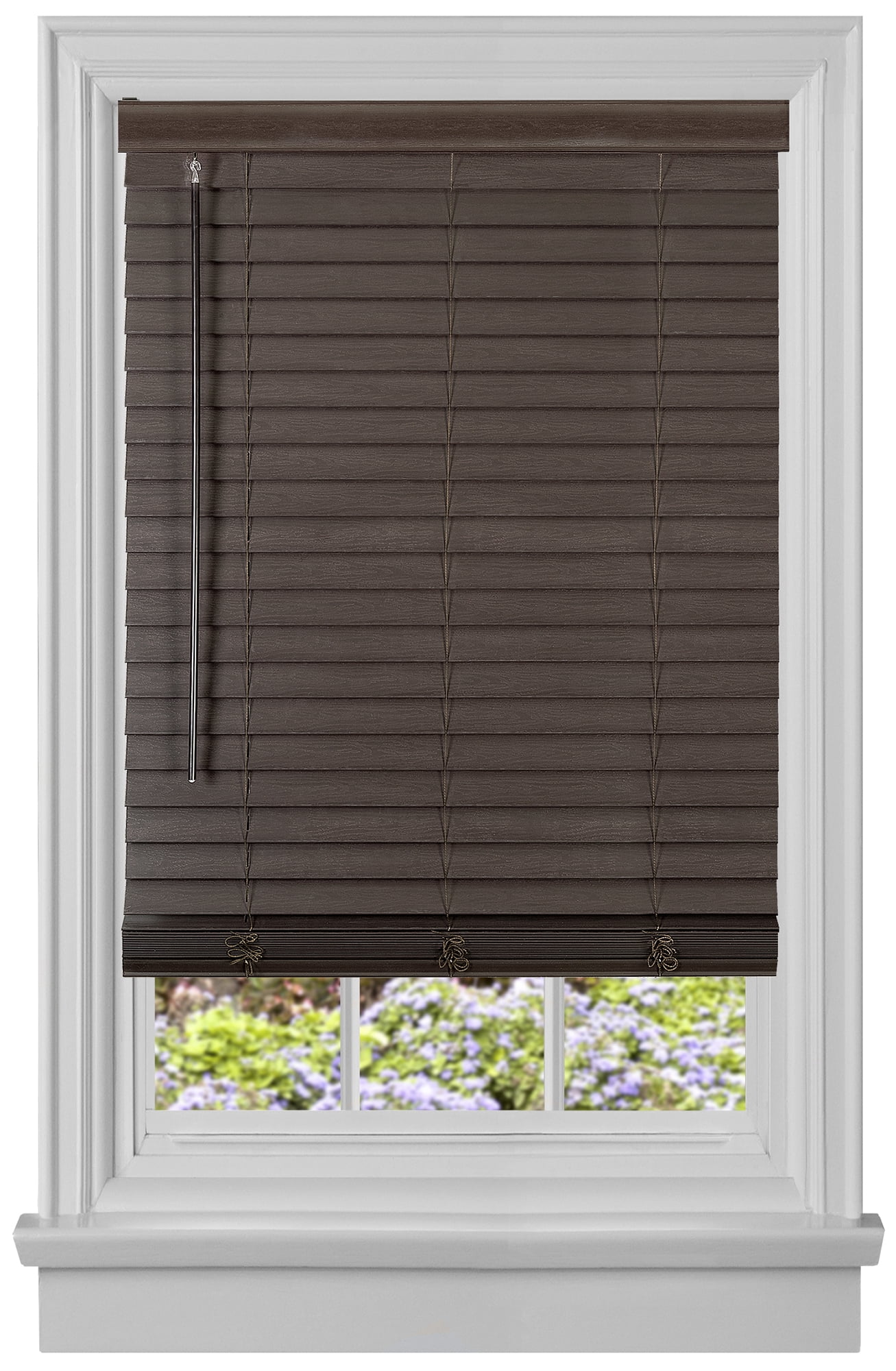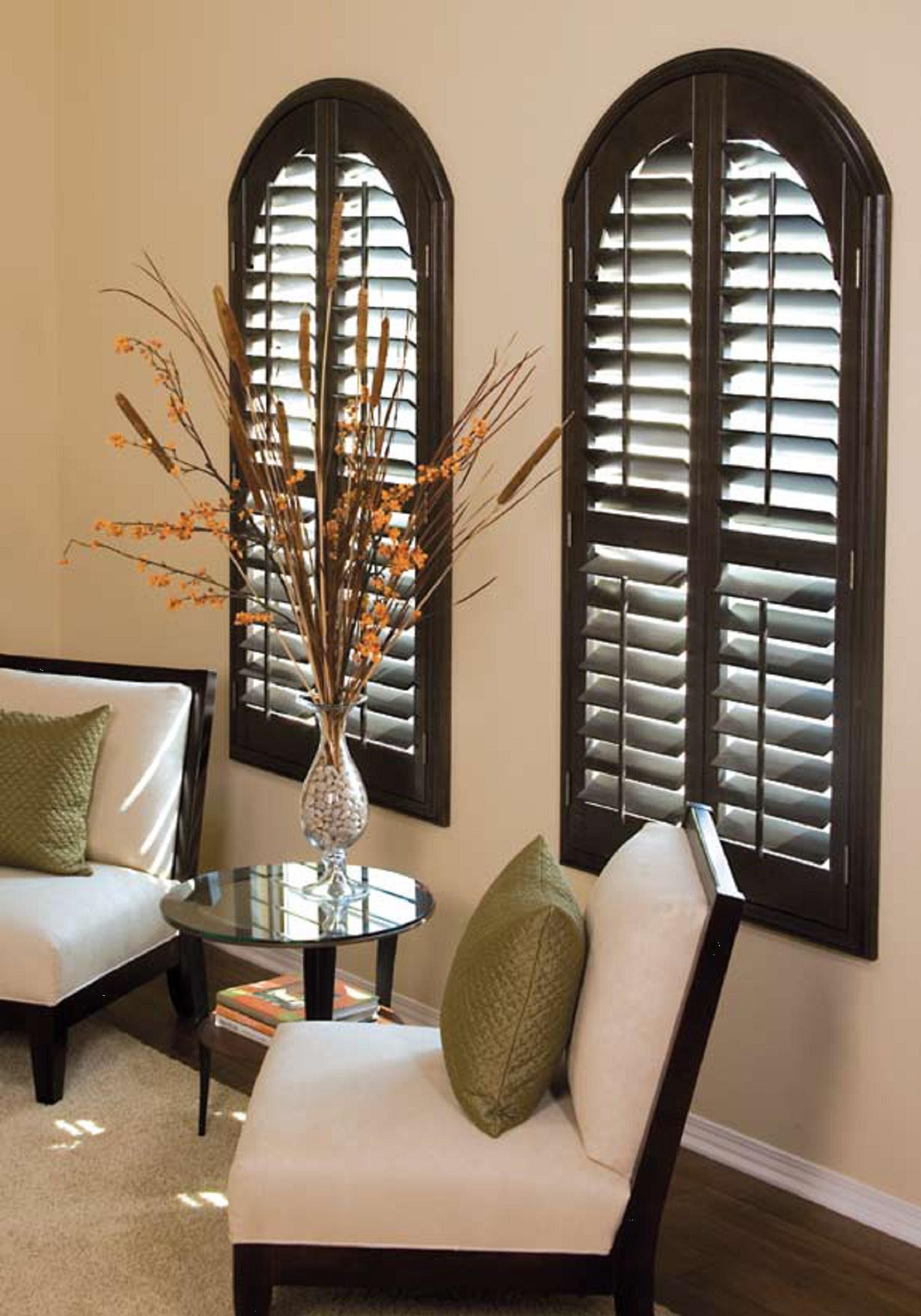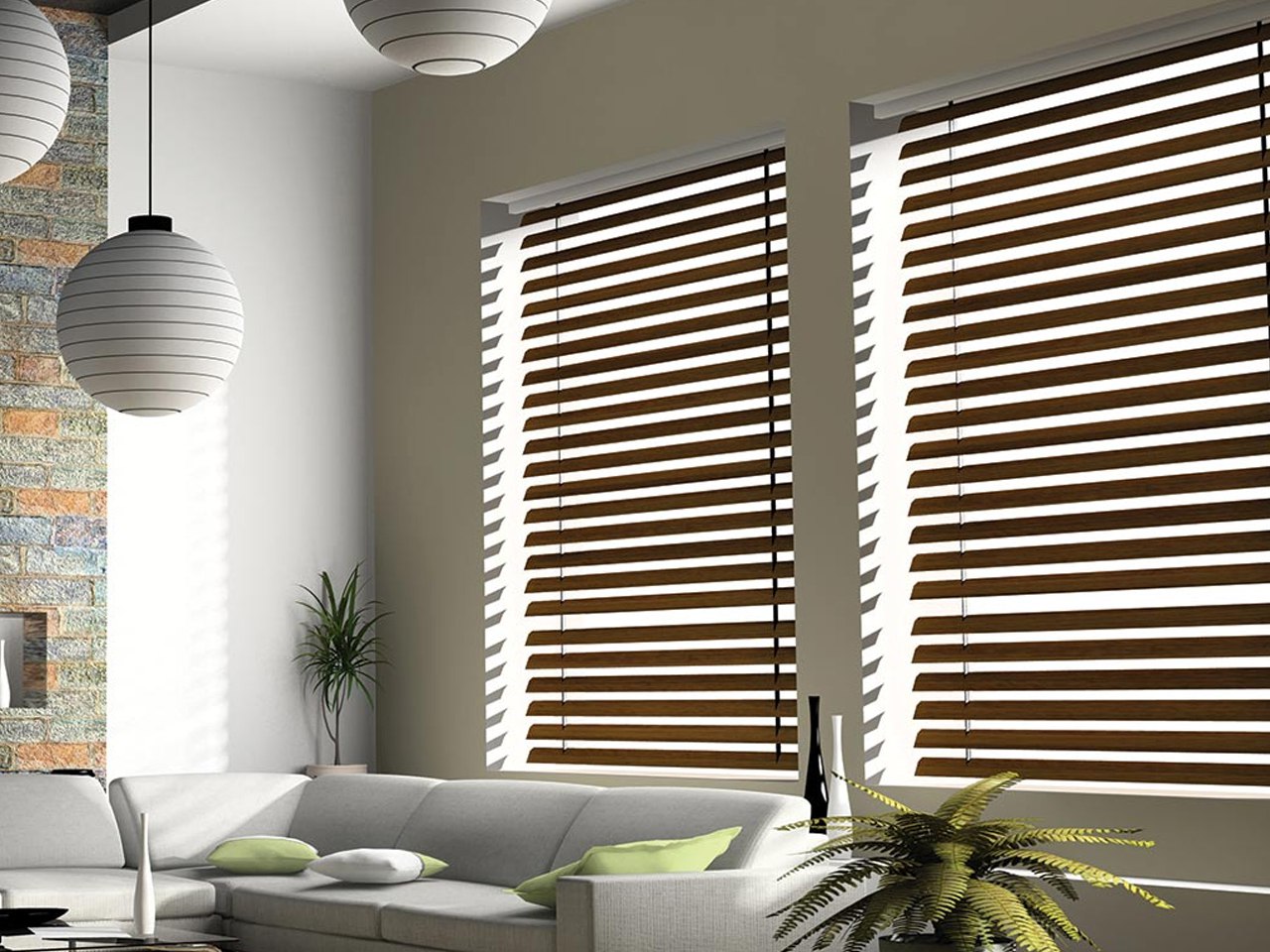Choosing the Perfect Blinds for Windows: A Comprehensive Guide

Key Takeaways
- Blinds for windows offer privacy, light control, and energy efficiency.
- Different types of blinds include roller, Venetian, Roman, vertical, and cellular blinds.
- Material choices range from wood and aluminum to fabric and PVC.
- Consider factors like room purpose, aesthetic preference, and budget before purchasing.
- Proper measurement and installation are crucial for optimal performance.
Blinds for windows are more than just a functional necessity; they are an integral part of home decor that can enhance the aesthetic appeal of any space. With a wide variety of styles, materials, and functionalities available, selecting the right blinds can be a daunting task. This guide will help you navigate through the options and make an informed decision tailored to your needs.
Understanding the Different Types of Blinds for Windows
Roller Blinds
Roller blinds are a popular choice due to their simplicity and versatility. Made from a single piece of fabric, these blinds can be easily rolled up or down to control light and privacy. Available in a range of colors and patterns, roller blinds can complement any interior design theme.
Venetian Blinds
Venetian blinds consist of horizontal slats, usually made of wood, aluminum, or PVC. These slats can be tilted to adjust the amount of light entering the room, offering excellent control over privacy and sunlight. Venetian blinds are ideal for both modern and traditional settings.
Roman Blinds
Roman blinds are crafted from fabric and fold into pleats when raised. They provide a soft, elegant look and are perfect for living rooms and bedrooms. Roman blinds come in various textures and patterns, offering a luxurious touch to your windows.
Vertical Blinds
Vertical blinds feature vertical slats that can be tilted or drawn to the side. They are particularly useful for large windows and sliding doors. Vertical blinds are available in fabric, PVC, and aluminum, making them a versatile option for different environments.
Cellular Blinds
Cellular blinds, also known as honeycomb blinds, are designed to provide excellent insulation. Their unique structure traps air, helping to maintain room temperature and reduce energy costs. Cellular blinds are ideal for those looking to enhance energy efficiency in their homes.
Choosing the Right Material for Your Blinds
The material of your blinds not only affects their appearance but also their functionality and durability. Here are some common materials used for blinds:
- Wood: Offers a natural, warm look and is suitable for traditional and rustic interiors.
- Aluminum: Lightweight and durable, perfect for modern and minimalist designs.
- Fabric: Provides a soft, cozy feel, available in a wide range of colors and patterns.
- PVC: Water-resistant and easy to clean, ideal for kitchens and bathrooms.
Factors to Consider When Choosing Blinds for Windows
Purpose of the Room
Consider the function of the room when selecting blinds. For example, blackout blinds may be ideal for bedrooms to ensure a good night’s sleep, while light-filtering blinds can create a pleasant ambiance in living areas.
Aesthetic Preferences
Your personal style plays a significant role in choosing blinds. Whether you prefer a minimalist look or a more elaborate design, there are blinds to match every taste.
Budget
Blinds are available at various price points, so it’s important to determine your budget beforehand. While some materials and designs may be more expensive, affordable options can still offer quality and style.

Measuring and Installing Blinds
Accurate measurements are crucial for a perfect fit. Measure the width and height of your window frame carefully, and consider whether you want an inside or outside mount. Professional installation ensures that your blinds function correctly and look their best.

Maintaining Your Blinds
Proper maintenance extends the life of your blinds and keeps them looking fresh. Regular dusting and occasional deep cleaning, depending on the material, are essential. For example, wooden blinds may require special cleaning products to preserve their finish, while fabric blinds can often be vacuumed or spot-cleaned.
Choosing the right blinds for windows involves considering various factors such as type, material, room purpose, and budget. By understanding the options available and what each offers, you can make an informed decision that enhances both the functionality and aesthetic appeal of your home. Whether you’re seeking energy efficiency, privacy, or a design statement, there’s a perfect set of blinds waiting to transform your windows.

